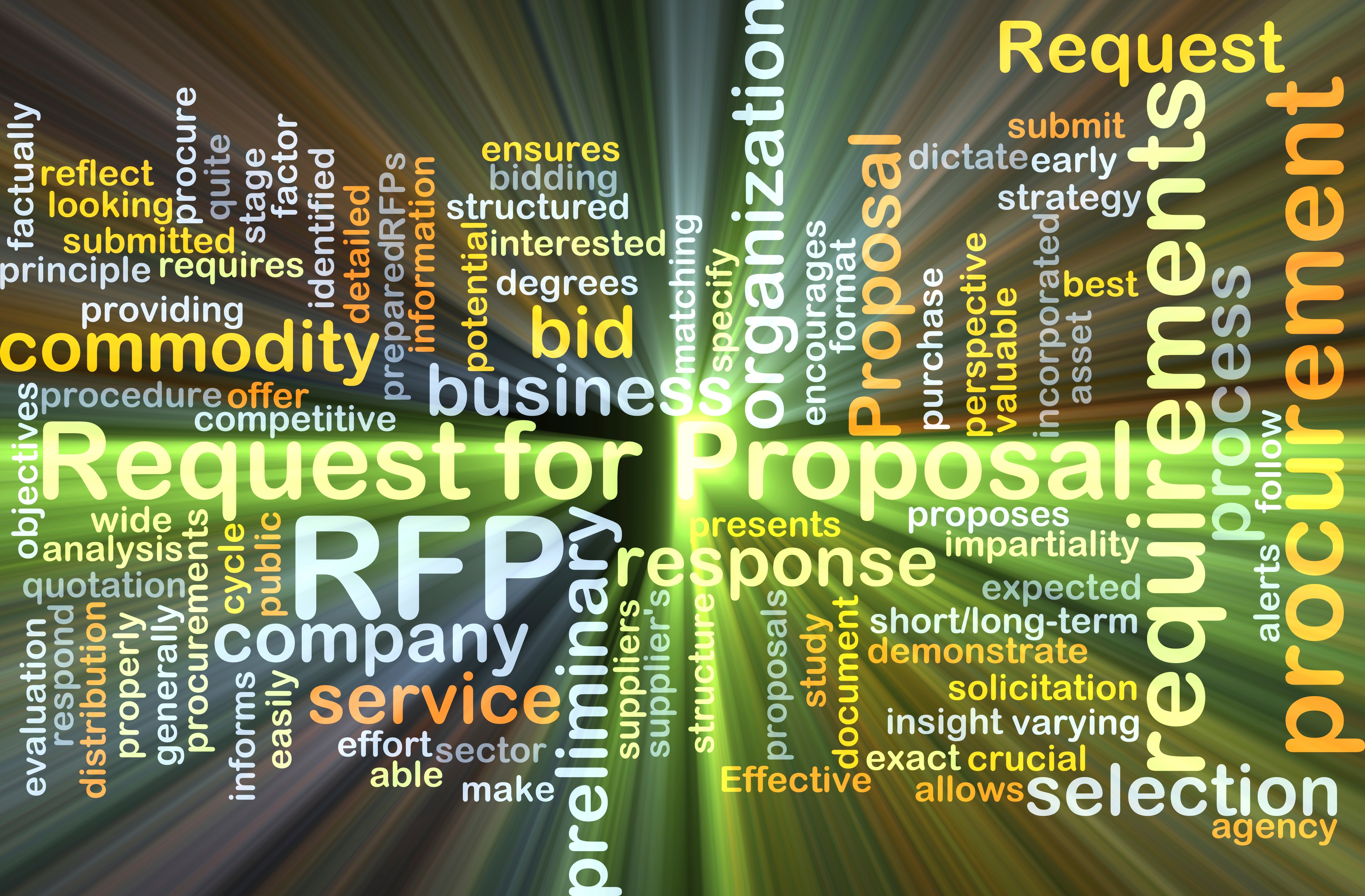
Selecting the right 3PL provider is one of the most important things you can do for your business. You can help yourself greatly by taking a few critical elements into consideration when constructing your RFP. Some of the most critical elements are listed in the “Top 10 Elements of a Good RFP Process” below.
For those of you on the sales side of the business, there are some important “Do’s and Don’ts” when responding to an RFP that can have a tremendous impact on the consideration of the proposals you submit.
Top 10 Elements of a Good RFP Process:
- Includes and actively involves all stakeholders, with stakeholders determined by dollar share of spend, risk, etc.
- The procurement professional leads the process, but decisions are team-based with a team of selected subject matter experts
- Decisions are based on empirical data that can be measured
- Demystifies any “black boxes” of a product or service by breaking them down into components that can be evaluated
- Gives appropriate consideration to historical performance and relationships with existing suppliers
- Clarifies expectations, metrics, and the definition of success in terms of expect outcomes, timing, quality, cost, etc.
- Evaluates prospective performance with other similarly suited customers when possible
- Audits information from proposals via hands-on observations by sourcing team subject matter experts (If you say you do X with Y results, then the RFP process should verify that you indeed do X with Y results)
- Considers the Total Cost of Ownership or service over the expected duration of the service, useable lifetime of equipment, etc.
- Addresses material requirements for participation (Geography, Insurance, indispensable commercial terms, etc.) in advance RFI discovery stages, not during the commercialization phase of a contract.
A good RFP will tell you how to sell to the customer by paying attention to the instructions in the RFP. Too many RFP respondents try to re-structure a customer’s format to fit their design. RFPs are structured in a format to fit the customer’s reviewing needs, and those reviewing multiple RFPs don’t want to decipher multiple different formats.
Some Do’s and Don’ts when responding to an RFP:
Do:
- Respond Completely – answer all the questions concisely unless requested
- Reply in the format requested, keep questions in the order received, spreadsheets unadulterated, etc.
- Make sure your responses can be supported with facts and will pass audit/ empirical scrutiny
Don’t:
- Answer questions with pasted links to web pages or references to attachments
- Paste in verbose, generic boiler-plate material
- Give intangible answers to measurable questions (“We hire people who make all the difference!” is not a good answer to the question: “To what degree does market condition X affect your company’s ability to perform function Y and what is your strategy to mitigate negative effects?)
Please feel free to comment below with any additions I missed or if you had a particular great example of a good RFP tip.
